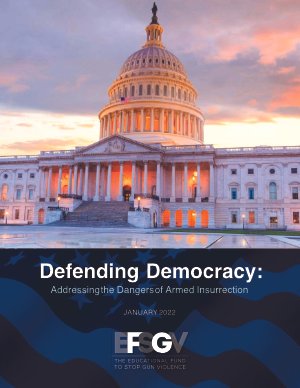By Susan P. Liebell
Understanding the persistence of public gun violence and resistance to restrictions on firearms requires unmasking a pernicious armed rebellion narrative that masquerades as the “original intent” of the American framers. Promoted by the National Rifle Association (NRA), constitutional scholars of the Second Amendment, public officials, and the conservative press, the narrative insists that guns uphold freedom and rights, maintain order, and prevent tyranny. Wrapped in symbols of the American Revolution, this narrative has been used to justify the January 6 U.S. Capitol insurrection, private-citizen policing during the #BLM protests of 2020, and calls to kidnap or assassinate public officials as tyrants. This article uses John Locke (the 17th-century thinker who inspired American revolutionaries and the Constitution’s writers) to demonstrate how the armed rebellion narrative disrespects “original” understandings and distorts the meaning of the Second Amendment. First, Locke, the founders, and the original understanding of the Constitution do not justify radical individual gun rights, private-citizen policing, or subversion of the government by individual citizens. Our foundational documents insist on redress through institutions like courts and legislatures and create high bars for armed insurrection (based on the views of the majority rather than small groups of individuals). The armed rebellion narrative replaces a collective decision with the views of the individual. Second, this dangerous and distorted lens should not be used to justify false equivalences between #BLM (a mass call for social change with some violence) and January 6 (an armed insurrection with violence at its core). Locke’s ideas about individuals, the public, and the social contract — claimed by both violent insurrectionists and #BLM protesters — clarify the big lie that perpetuates our gun-saturated politics.
New York: Brennan Center for Justice at New York University School of Law, 2021. 8p.





















